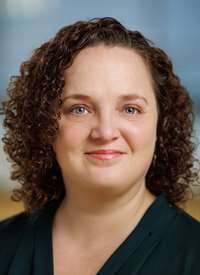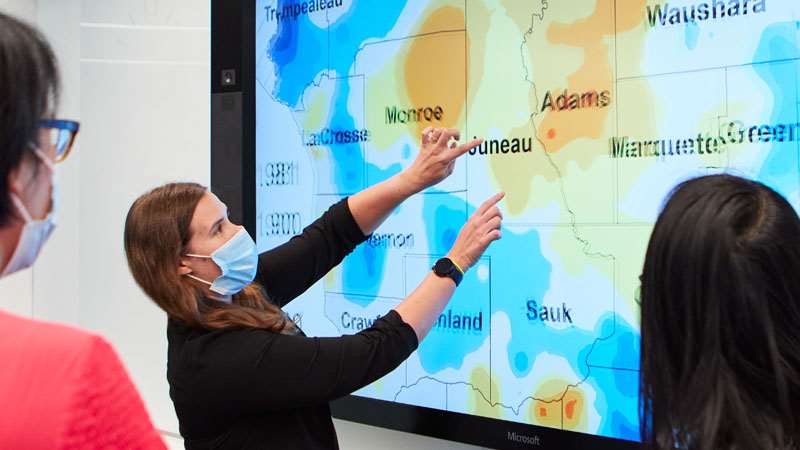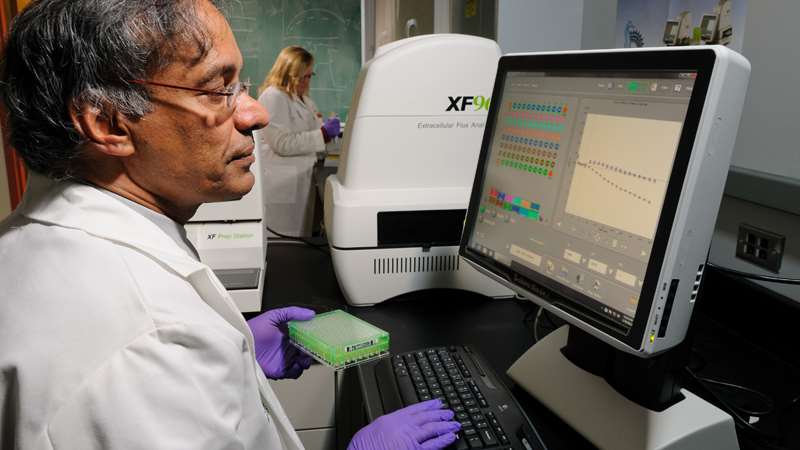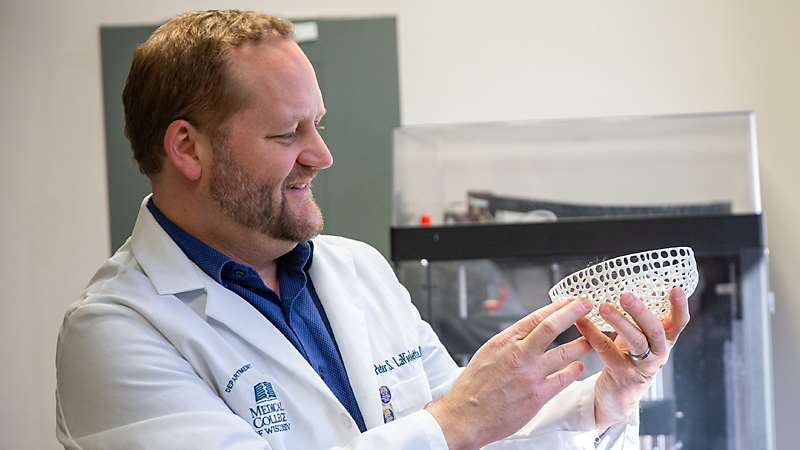Scheduling, Location, and Hours of Operation
For support, please email geo@mcw.edu.
Services and Technologies
GEO provides access to 1) geospatial mapping and analysis; 2) cancer epidemiology and database expertise; 3) information on the cancer burden in the Catchment Area; 4) and integrated translational, clinical, and population data.
As part of its data services, GEO houses the Integrated Cancer Data Resource (ICDR). The ICDR facilitates centralized access to real-world data that includes electronic health records data, genomic data (reports and vendor-provided raw sequencing data), and imaging data through close collaboration with the Clinical and Translational Science Institute (CTSI). To access ICDR data, a Data Request Intake Form should be completed.
View the FY26 GEOSR price sheet (PDF)
iLab Requests; Funding Support
iLab Requests and Support
Funding Support
Investigators should first utilize all available funding resources (below). If funding support is still needed, contact the Shared Resource Director to discuss Cancer Center support.
- Grant Funding (internal or external)
- Cancer Center Pilot Grants
- Start-up Funding
- Departmental Support
Shared Resource Acknowledgement
View Shared Resource acknowledgement instructions. (PDF)
We Value Your Feedback
Geospatial Data Resources
Leadership

Kirsten Beyer, PhD, MPH, MS
Co-Director, Geospatial, Epidemiology and Outcomes Shared Resource (GEOSR)

Anai Kothari, MD, MS
Co-Director, Geospatial, Epidemiology and Outcomes Shared Resource (GEOSR)

Tina Yen, MD, MS, FACS, FSSO
Co-Director, Geospatial, Epidemiology and Outcomes Shared Resource (GEOSR)
Faculty and Staff






Notable Publications
The health risk of social disadvantage is transplantable into a new host. (Turcotte LM, Wang T, Beyer KM, Cole SW, Spellman SR, Allbee-Johnson M, Williams E, Zhou Y, Verneris MR, Rizzo JD, Knight JM) Proc Natl Acad Sci U S A. 2024 JUL 23; 121(30):e2404108121. DOI: 10.1073/pnas.2404108121. 2024 Jul 15. PMID: 39008669; PMCID: PMC11287259; Scopus ID: 2-s2.0-85199015473
Effects of housing stability and contemporary mortgage lending bias on breast cancer stage at diagnosis among older women in the United States. (Rademacher N, Zhou Y, McGinley EL, Laud PW, Yen TWF, Ponce SB, Nattinger AB (CC), Beyer KMM) Cancer Med. 2024 JUL 01; 13(14):e7397. DOI: 10.1002/cam4.7397. PMID: 39030995; PMCID: PMC11258551; Scopus ID: 2-s2.0-85199018217
Severity of prior coronavirus disease 2019 is associated with postoperative outcomes after major inpatient surgery. (Verhagen NB, SenthilKumar G, Jaraczewski T, Koerber NK, Merrill JR, Flitcroft MA, Szabo A, Banerjee A, Yang X, Taylor BW, Figueroa Castro CE, Yen TWF, Clarke CN, Lauer K, Pfeifer KJ, Gould JC, Kothari AN, N3C Consortium) Ann Surg. 2023 NOV 01; 278(5):e949-e956. DOI: 10.1097/SLA.0000000000006035. 2023 Jul 21. PMID: 37476995; PMCID: PMC10659141 Scopus ID: 2-s2.0-85173563272
Isolation and survival: The impact of local and MSA isolation on survival among non-Hispanic Black women diagnosed with breast cancer in the United States using a SEER-Medicare cohort. (Canales B, Laud PW, Tarima S, Zhou Y, Bikomeye JC, McGinley EL, Yen TWF, Bemanian A, Beyer KMM) Health Place 2023 Sep;83:103090. PMID: 37531804; PMCID: PMC10528833; Scopus ID: 2-s2.0-85166298261
Historical redlining and breast cancer treatment and survival among older women in the United States. (Bikomeye JC, Zhou Y, McGinley EL, Canales B, Yen TWF, Tarima S, Ponce SB, Beyer KMM). J Natl Cancer Inst. 2023 JUN 08; 115(6):652-661. DOI: 10.1093/jnci/djad034; PMID: 36794919; PMCID: PMC10248836; Scopus ID: 2-s2.0-85163239340
Vaccination against SARS-CoV-2 decreases risk of adverse events in patients who develop COVID-19 following cancer surgery. (Verhagen NB, Koerber NK, Szabo A, Taylor B, Wainaina JN, Evans DB, Kothari AN, N3C Consortium) Ann Surg Oncol 2023 Mar;30(3):1305-1308. PMID: 36479662; PMCID: PMC9734328; Scopus ID: 2-s2.0-85143492422
High-resolution disease maps for cancer control in low-resource settings: A spatial analysis of cervical cancer incidence in Kampala, Uganda. (Beyer K, Kasasa S, Anguzu R, Lukande R, Nambooze S, Amulen PM, Zhou Y, Nansereko B, Jankowski C, Oyana T, Savino D, Feustel K, Wabinga H) J Glob Health 2022;12:04032. PMID: 35493778; PMCID: PMC9022722; Scopus ID: 2-s2.0-85129781672
Pharmacy deserts and patients with breast cancer receipt of influenza vaccines. (Neuner JM, Zhou Y, Fergestrom N, Winn A, Pezzin L, Laud PW, Beyer K) J Am Pharm Assoc (2003) 2021;61(6):e25-e31. PMID: 34340925; PMCID: PMC8783974; Scopus ID: 2-s2.0-85115339368
Mortgage lending bias and breast cancer survival among older women in the United States. (Beyer KMM, Zhou Y, Laud PW, McGinley EL, Yen TWF, Jankowski C, Rademacher N, Namin S, Kwarteng J, Beltrán Ponce S, Nattinger AB) J Clin Oncol 2021 Sep 01;39(25):2749-2757. PMID: 34129388; PMCID: PMC8407650; Scopus ID: 2-s2.0-85115440319
Sample Illustration: Wisconsin Lung Cancer Incidence, 2010-2015
Red areas on the map indicate higher rates than expected and blue areas indicate lower rates than expected, given the regional rate. Areas without color exhibit rates close to the regional rate.
The “Percent Minority” layer displays the percent of people who identify as a minority in each Census Tract. This layer is only visible at a higher zoom level. Different layers can be selected and overlapped to observe patterns.
Data were obtained from the American Cancer Society (ACS) 2012-2016 estimates and a mapping tool developed by the Environmental Protection Agency.



